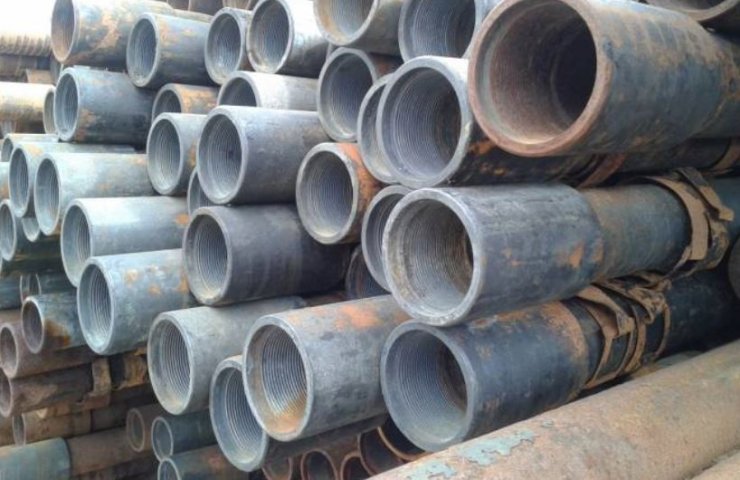The Ministry of Energy of the Russian Federation has recognized that the reuse of steel pipes for oil and gas pipelines, drill pipes and tubing and steel sucker rods is economically feasible, subject to their diagnostics, determination of residual resource and areas of application. This is stated in the minutes of the meeting with the Deputy Head of the Department of the Ministry of Energy for Production and Transportation Alexander Savinov, which is at the disposal of the "Kommersant" publication.
To lift the ban on used pipes, the Ministry proposes to develop an assessment methodology, and interested companies should prepare appropriate proposals.
Since 2017, such pipes have been equated by Rosprirodnadzor to hazard class 4 waste, their reuse is prohibited, which is beneficial for pipe manufacturers, but means losses for oil and gas companies. The ban was lobbied by the Pipe Industry Development Fund (FRTP) representing the interests of pipe companies. According to the calculations of one of Gazprom's major contractors, Gazstroyinnovatsiya, the industry's expenses due to the ban on used pipes since the introduction of the ban amounted to 75 billion rubles.
In April, the heads of the largest oil and gas companies of the Russian Federation complained to Prime Minister Dmitry Medvedev that the ban on the use of used pipes deprives them of the opportunity to sell them or use them for construction, and the need to obtain long-term licenses for waste management threatens to accidents on oil pipelines. p>
For the same purposes, OCTG pipes (tubing and drill pipes), as well as pipes for oil and low-pressure water pipelines, are reused, notes Sergey Klubkov from Vygon Consulting, while the service life of pipes for main pipelines (as a rule, pipes large diameter) is 15–20 years old and as they “age” they are replaced with new ones. According to him, the total annual cost of new pipes due to the ban on the reuse of old pipes may amount to 180-200 billion rubles.





